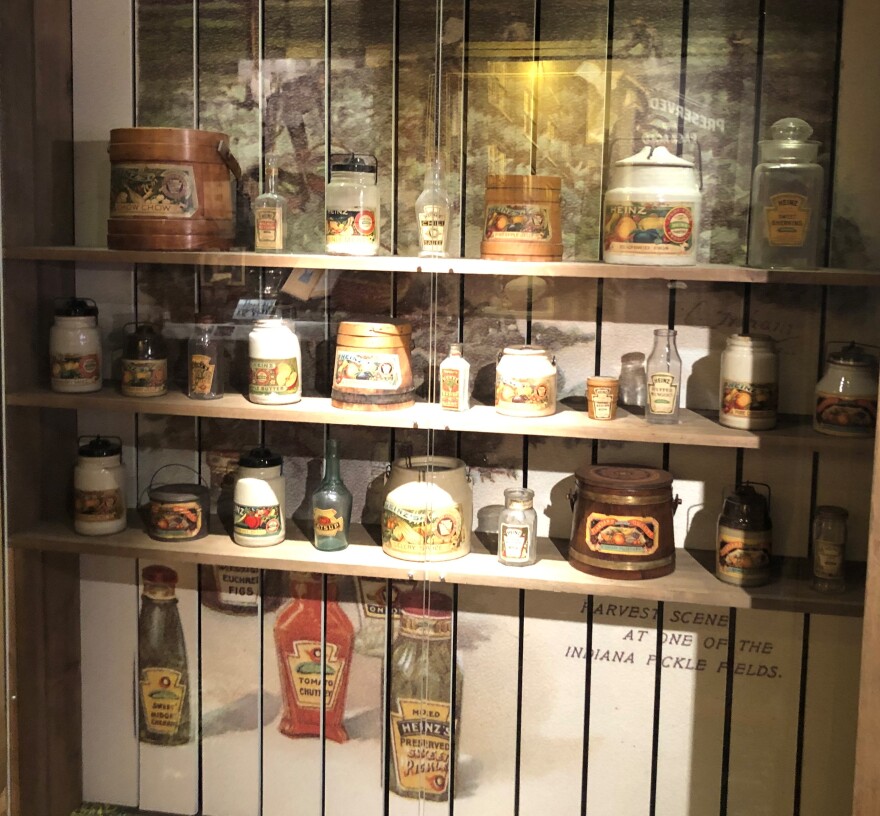The Pittsburgh-based H.J. Heinz Company turns 150 this year, and to celebrate, Heinz History Center curator Emily Ruby collected stories in a new book, “57 Servings from the Heinz Table.”
The pages are filled with images of the center’s expansive collection of Heinz artifacts, many of which are on display in the building’s 2,700-square-foot exhibit. In the book, objects are accompanied by anecdotes and historical information. For example, in England, baked beans are the most identifiable Heinz product, not ketchup. Ruby said the company opened a factory there and aggressively advertise them to English consumers.

“[Because of that,] They eat more beans per capita than anywhere in the world,” Ruby said.
Heinz’s factory culture is described throughout the book as “innovative” and “revolutionary.” Ruby said Heinz was affected by the strikes and labor unrest he witnessed in the steel industry, especially the 1877 railroad strike.
“He really wanted a different relationship with his employees and that went into the factory, as well,” Ruby said.
His factories used “state-of-the-art” methods and machines, including a ventilation system and fireproof doors. Because he could pay women less than men (and because many men were attracted to the higher salaries at the steel mills), he employed many female bottlers, and offered after-hours classes including dressmaking, cooking and singing.

“He also provided all these amenities for his workers. So we’re talking rooftop gardens and picnics, a big lunchroom where their music would play,” Ruby said. “He had art often displayed around the factory.”
The book features the many different advertising strategies the company launched throughout the years, which Ruby said were often targeted toward the industrial working class as low-cost, nutritious foods. There was even a game called “The Life of Heinz Pickle,” which Ruby said has been reproduced and can be played at the History Center.






